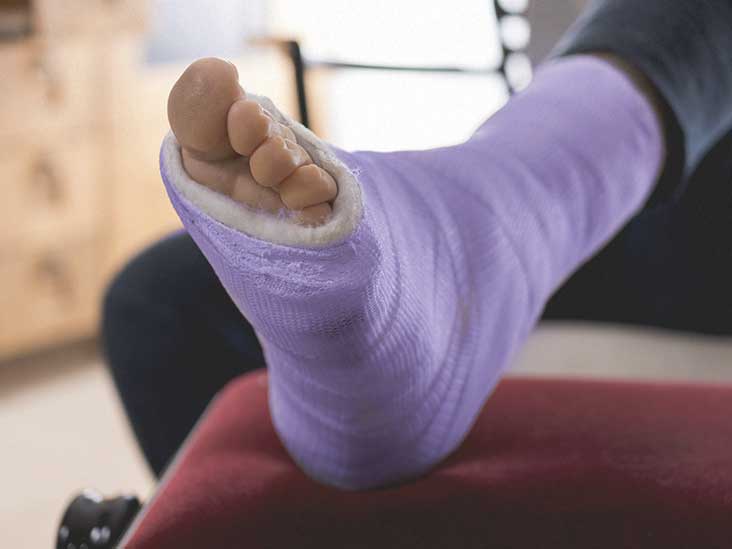ORIF cost in Singapore
Orif trimalleolar ankle fracture Surgery:
Ankle surgery and physical therapy are used to treat trimalleolar fractures. Open Reduction Internal Fixation (ORIF) surgery is used to repair most trimalleolar fractures. ORIF surgery aims to align your fractured bones so that they recover properly.
In most cases, ORIF is a life-saving procedure. If your bone breaks in many locations, your doctor may consider ORIF.
Disease Overview:
Trimalleolar fracture
The least frequent ankle fracture is a trimalleolar fracture. A trimalleolar fracture occurs when the lower leg portions that make up your ankle joint and allow you to move your foot and ankle are broken. Surgery and prolonged physical therapy are among the options for treatment. A trimalleolar fracture might affect your quality of life in the long run.
When the three malleoli bones that make up the ankle shatter at the same moment, it's called a trimalleolar fracture.
The ankle is formed by the malleoli, which are specialised portions of the tibia and fibula. The lateral malleolus, which is located at the end of the fibula, the medial malleolus, which is located on the inside of the tibia (shinbone), and the posterior malleolus, which is located at the rear of the tibia, are the three malleolus.
The ligaments that provide mobility, control, and stability in the foot and ankle are held in place by all three bones.
Trimalleolar fractures are more unstable than normal fractures since they involve three bones being broken, and they might result in ligament damage or dislocation.
Disease Signs and Symptoms:
Although a severe sprain might mimic a break, the following are frequent signs of an ankle fracture:
immediate and severe pain, bruising, and soreness to the touch, as well as a difficulty to put weight on the injured ankle
The ankle may also look to be out of alignment or deformed.
Disease Causes:
A high-impact injury, such as a sports or vehicle collision, frequently results in a trimalleolar fracture of the ankle. A simple trip or fall, on the other hand, might result in an injury.
A trimalleolar fracture occurs when the lower leg portions that make up your ankle joint and allow you to move your foot and ankle are broken.
Trimalleolar fractures can result from a variety of factors, including:
- Accidents involving motor vehicles
- Falls.
- Participating in sports.
- Tripping.
- Rolling or turning your ankle quickly.
Disease Diagnosis:
The following tests are used to identify trimalleolar fractures by healthcare providers:
- X-ray.
- CT scan
- Arthroscopy
- Magnetic resonance imaging.
Disease Treatment
Because trimalleolar fractures are frequently unstable, surgery is typically recommended as a therapeutic option.
During surgery, each fracture will require a unique mending approach.
Fracture of the lateral malleolus
The surgeon will begin by realigning the bone pieces and restoring them to their original positions.
To keep the screws and metal plates in place, the surgeon will connect them to the outside surface of the bone.
In rare cases, a screw or rod may be inserted into the bone to hold the bone pieces together as they mend.
Fracture of the medial malleolus
Surgery on the medial malleoli can increase the likelihood of a good recovery and allow the patient to return to regular activity sooner.
Surgical Non-Treatment
While surgery is frequently recommended following a trimalleolar fracture, it may not be appropriate for all patients.
Nonsurgical therapy is frequently used for those with major health problems for whom surgery would be too risky or for those who are unable to move.
The most common immediate therapy is to use a splint to keep the ankle stable until the swelling goes down. The doctor may then apply a brief cast, which will be replaced with smaller casts as the swelling subsides.
Regular X-rays will be required to verify that the ankle stays stable.
For around 6 weeks, a person may not be able to put any weight on their ankle. They may be able to use a detachable brace after this period while the ankle heals.
Individuals who follow a physiotherapy practise can make a full recovery.
After surgery, a person will be unable to put weight on their ankle for a period of time.
The length of recovery will be determined by various factors, including bone stability and the severity of the injury to the surrounding joints.
A person's fracture is frequently accompanied by considerable edoema. Swelling can have a negative impact on healing in the following ways:
Further surgery can produce blisters on the skin, which will prolong the healing process and raise the risk of infection. For a thorough recovery, you'll need to stick to a physical treatment schedule.
Country wise cost comparison for ORIF:
| Country | Cost |
|---|---|
| India | $2880 |
| Singapore | $6597 |
Treatment and Cost
14
Total Days
In Country
- 2 Day in Hospital
- 2 No. Travelers
- 12 Days Outside Hospital
Treatment cost starts from
$0
Popular Hospital & Clinic
Featured Hospital
0 Hospitals
Related Packages
More Related Information
Some of the top rated doctors are:
- Saudi Arabia




